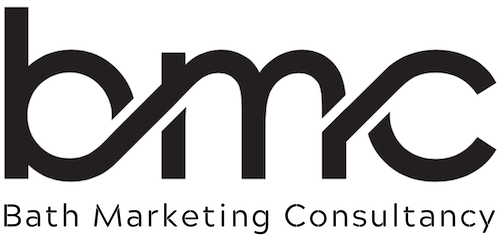Building on an earlier discussion about the role of sponsorship in marketing, the statement introduces the various types of sponsorships that businesses can integrate into their overall marketing strategy. It emphasizes that sponsorship is not a standalone activity but a complementary element within the broader marketing mix. By exploring different forms of sponsorship—such as event, sports, charity, media, or influencer partnerships—brands can enhance visibility, credibility, and customer engagement. The idea is to encourage businesses to view sponsorship as a strategic tool that supports their wider marketing goals rather than a one-off promotional effort.
Event Sponsorship
🔹 Examples: Sports tournaments, music festivals, business conferences
🔹 Pros: High visibility, large audience reach, PR opportunities
🔹 Cons: Can be expensive, requires long-term commitment
📌 Example: Vodafone sponsoring the London Marathon gains exposure to millions through TV coverage and participant engagement.
Sports Sponsorship
🔹 Examples: Football teams, racing events, Olympic partnerships
🔹 Pros: Passionate audiences, global reach, brand loyalty
🔹 Cons: Competitive industry, high sponsorship costs
📌 Example: Nike sponsors major athletes, reinforcing its image as a leading sports brand.
Charity & Cause Sponsorship
🔹 Examples: Environmental projects, health awareness campaigns, local charities
🔹 Pros: Builds goodwill, strengthens community ties, positive brand association
🔹 Cons: May not offer immediate ROI
📌 Example: LUSH Cosmetics sponsors ocean conservation initiatives, aligning with its ethical brand values.
Media Sponsorship
🔹 Examples: Podcasts, YouTube channels, TV programs
🔹 Pros: Digital reach, targeted audience engagement, brand storytelling
🔹 Cons: Effectiveness depends on content popularity
📌 Example: Squarespace sponsors top business podcasts to reach entrepreneurs and startups.
Influencer & Content Sponsorship
🔹 Examples: Sponsored blog posts, Instagram partnerships, brand collaborations
🔹 Pros: Authentic engagement, social media exposure
🔹 Cons: Reliant on influencer credibility
📌 Example: Dyson partners with beauty influencers to promote its hair styling products.
Best Practices for Effective Sponsorship
✅ Choose sponsorships that align with your brand’s values and goals
✅ Measure ROI—track brand mentions, traffic, and audience engagement
✅ Leverage sponsorships for content marketing and PR
✅ Engage with audiences through interactive sponsorship activations
✅ Build long-term partnerships for sustained brand association
FAQs
What is marketing sponsorship?
Marketing sponsorship is when a brand supports an event, individual, content creator, charity, media property or other entity in return for exposure, credibility, or access to a specific audience. It’s a strategic investment to align with something (a cause, event, influencer, etc.) that helps the brand reach its marketing goals.
What are the main types of sponsorship a business can use?
According to Bath Marketing Consultancy, the main types include:
- Event Sponsorship (e.g., sponsoring a music festival, business conference)
- Sports Sponsorship (sports teams, athletes)
- Charity & Cause Sponsorship (charity, health or environmental initiatives)
- Media Sponsorship (TV, podcasts, YouTube, etc.)
- Influencer & Content Sponsorship (blog posts, social media partnerships)
What are the advantages of event sponsorship?
Some of the pros are high visibility, reaching a large audience, strong PR opportunities (media coverage, social mentions), and audience engagement. It helps build brand awareness quickly.
What are the challenges or cons of sports sponsorship?
The drawbacks include often high cost, competition for sponsorship slots, long-term commitments (you might need to stay involved for multiple seasons), and risk that ROI (return on investment) is harder to measure. Also, if the athlete or team has controversies, brand association risk is higher.
What best practices should a business follow to get good results from sponsorships?
The article suggests several:
- Choose sponsorships that align with your brand’s values and goals.
- Measure ROI: monitor brand mentions, traffic, engagement.
- Use the sponsorship in content marketing and PR.
- Make the sponsorship interactive, engaging with audiences (not just logo placement).
- Go for long-term partnerships where possible, for sustained brand association.
Final Thoughts: Why Sponsorship is a Powerful Marketing Tool
Sponsorship is more than just slapping a logo on an event banner—it’s about strategic brand positioning, audience engagement, and long-term credibility.
By choosing the right sponsorships and actively engaging with the audiences they attract, businesses can:
✔ Boost brand awareness & trust
✔ Reach highly targeted audiences
✔ Generate positive PR & media exposure
✔ Strengthen customer loyalty & industry credibility
Whether you’re a small business looking to connect with local communities or a global brand seeking mass-market exposure, sponsorship—when done strategically—can be a game-changing investment in your marketing mix.
Looking to explore sponsorship opportunities for your brand? Get in touch with us today!



